Writing compelling Facebook ads will help you generate more traffic to your website, help you acquire more targeted leads, and boost your sales.
Social media, in general, must be an essential component of your digital marketing strategy.
Funny enough, companies that neglected Facebook and Twitter in the past, are making a comeback — and this time, they’re investing heavily in it.
Although some say Facebook’s reach has declined, it’s clear that online users prefer this social network.
Over 70% of Facebook users in the U.S. logging into Facebook every day, compared to 59% for Instagram, 38% for Twitter, 27% on Pinterest, and 22% on LinkedIn, according to statistics from Pew Research Center.
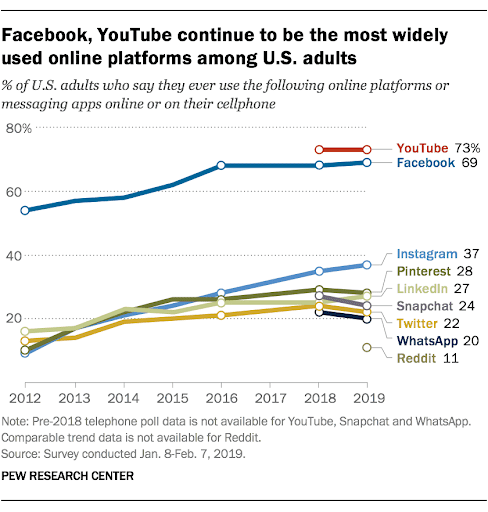
All of these users have tremendous potential for marketers, and Facebook has become one of the best advertising platforms for B2B and B2C companies.
In recent years, when the organic reach on Facebook has shrunk, savvy marketers have been advertising on Facebook to get results.
Many things need to be put together to make a successful Facebook ad — you need the right targeting, good images or videos, and irresistible copy.
If you’ve been looking for the best guide for creating winning Facebook ads, this is the perfect post for you.
There are many Facebook users, but sending blank ads does not produce many conversions. The key to Facebook advertising is targeting. Facebook has the best ad targeting you can ever think of.
This targeting allows you to determine precisely which audience your ads are reaching.
If you sell garden hoses, for example, you can reach people who are interested in vegetable gardens and home improvements.
If you sell a SaaS (Software as a Service) tool, you can target those who have visited your website’s landing page.
Here are ways you can target your Facebook ads:
Custom Audience: This targeting option allows you to reach existing prospects or customers.
Location: You can target users based on their locations (city, state, country)
Gender: It allows you to target by gender (male or female).
Interests: It enables you to focus on benefits (such as fitness, entrepreneurship, fashion, literature).
Facebook Interests
Behavior: When you use the “Behavior” option in your Facebook ads, it means you’re targeting users based on their previous interaction with your website or landing page.
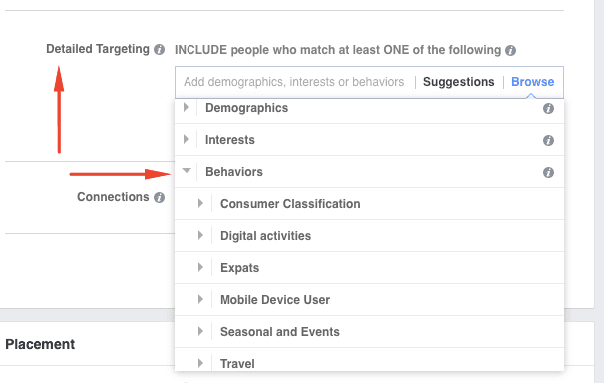
Link: It allows you to target people who already like your site or have a connection of some sort.
If you plan to advertise on Facebook, you can think of the big picture. Images are essential in Facebook ads but don’t neglect written elements as well.
When you spend money on Facebook ads, you want to make sure your ads will improve your bottom line. A good ad copy can direct the right users to click-through to your website or specific landing page.
A compelling copy can be convincing, passionate, and entertaining.
It builds connections, cuts off excess information, and nails your brand story. Effective copywriting is an integral part of successful Facebook advertising.
Strategies for Writing Your Best Facebook ad
1. Laser-focus on your audience using Facebook targeting and communicate to them
When it comes to online ads, it’s tempting to write on the conference floor. But if you want to be efficient, you have to write in a conversational tone, as if you’re writing to one person at a time — and only for one person.
That’s what zeroing in on your audience means. You can even target Facebook users based on their educational level, income status, etc.
For example, in this GoPro Facebook ad, the company targeted photographers and people who are interested in new gear for hiking and skiing.
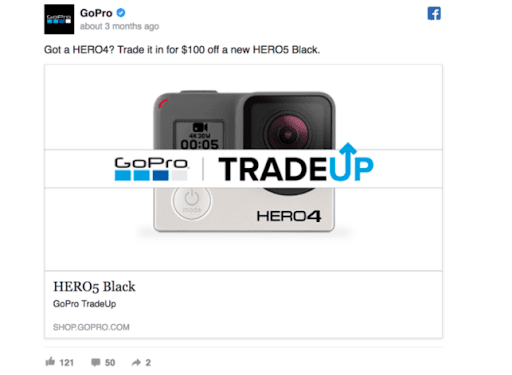
As an effective salesperson, you must devote all your attention to that person and their needs.
You should write a copy on your website that addresses all potential customers, and you might have several different people. However, you can reach a well-defined audience on Facebook if you utilize the targeting options properly.
For example, you can target ads for women over the age of 30 who live in the US and are interested in fitness and well-being. You can then write targeted ads aimed at reaching this specific audience.
If you’re a business person who wants to reach businesses that are investing in social media marketing, then targeting readers of a particular social media blog could be helpful. For example, targeting “Social Media Examiner’s” readers.
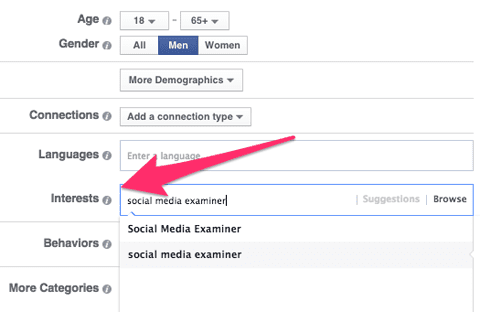
2. Write Different Facebook Ads for Different People
This is in line with the idea of targeting. Your customers turn to you for various reasons. So why the blanket? The strength of Facebook lies in orientation. So don’t create your ad like a billboard.
For instance, imagine you are a clothing retailer that sells men and women’s clothing as well as shoes, accessories, sportswear, underwear, and even bath and body products.
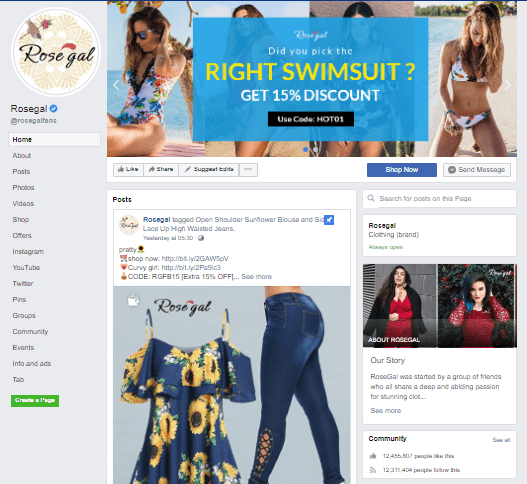
Several customers will be interested in some of your offers, but many will be most interested in one area. Women will be interested in the offers you have for women. So you have to keep this in mind when writing your ads.
If you have a diversified audience you want to reach, then you should create different ad campaigns to better appeal to a specific group of audience.
For example, in the ad below, Soylent could target vegans or people who like to keep fit or even new moms who want to get back in shape after giving birth. Or the Soylent team could create different ads to target each of these groups of people.
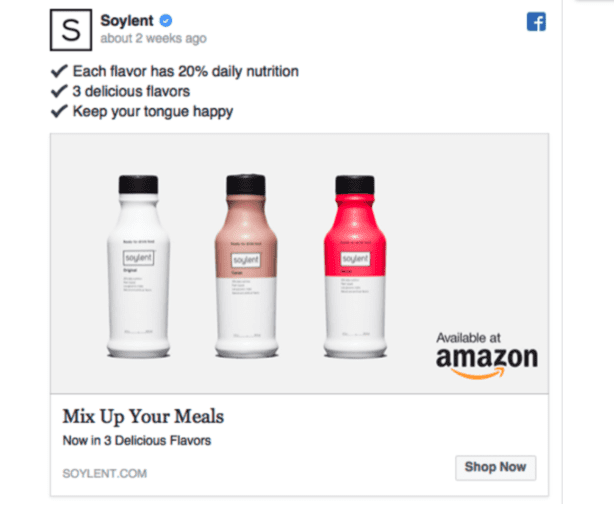
3. Make Sure Your Facebook Promotional Copy Matches Your Visual
Many smaller companies — and even bigger ones, especially in the B2B sector — don’t have many visualizations. When the ad is displayed, encoding is done to ensure that the image is attached.
This can cause images to be inconsistent with copies that represent a confusing experience for Facebook users.
If an ad copy and pictures are not ordered, potential customers will be confused as to what the ad is actually about. They may not click on your ads or even bother to consider what’s in it for them.
4. Focus on call-to-action (CTA)
The best Facebook ads have clear objectives. Are you trying to expand your brand popularity or sell a product?
When writing your Facebook ad copy, be ultra-specific. Use CTA that’s relevant and persuasive. It must tell the user exactly what they’ll get when they click.
A good example is OAS, where the CTA says “Download” because there’s a free eBook for the user.
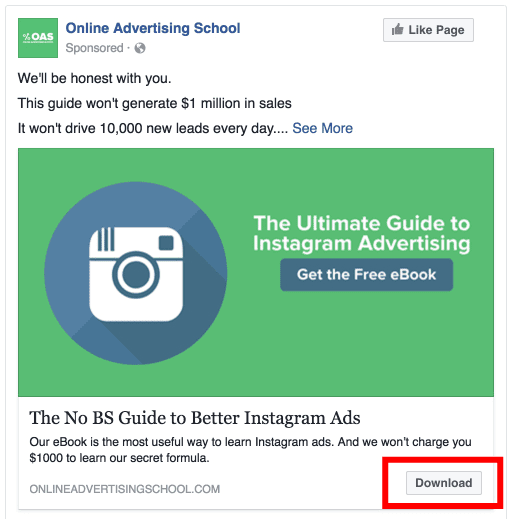
Whatever the case, your ad must contain a clear call-to-action. Without this option, Facebook users will see your ad, but they will not know where and what to click.
5. Keep Your Ad Copy Short and Simple
You pay for advertising, so it’s tempting to attempt to add all of the information about your offer in your ad copy. But don’t do that!
When it comes to Facebook ads, you must keep it short and ensure that you’re giving value.
Did you notice how ZipRecruiter used a simple and clean Facebook ad full of white space to engage the users? You should do the same thing even if you have a lot to say — keep it simple!
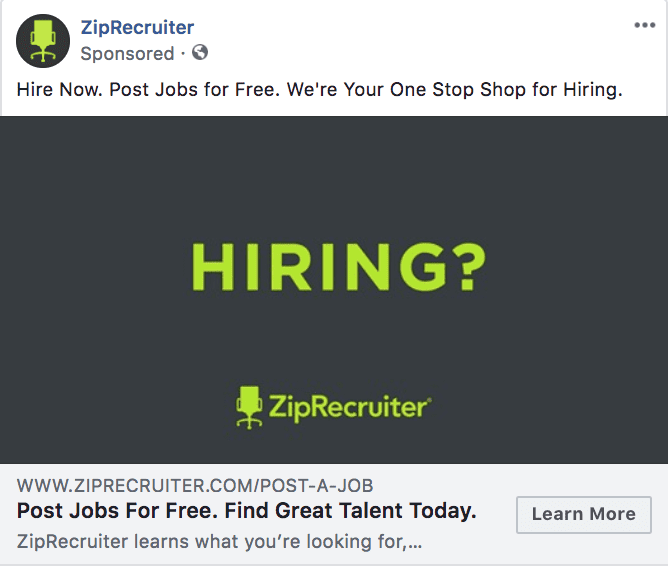
What does someone do with your product? What are the benefits for you? This is an area that you need to focus on in your copy, and you need to understand the points clearly and precisely.
6. Run a Test
The only way to improve your ads on Facebook is to run a test. Facebook makes it easy for you to test a campaign out before investing heavily in it.
After all, testing is the only reliable way to know the best-performing Facebook ads. St. ROIL ran a test on its Facebook ads.
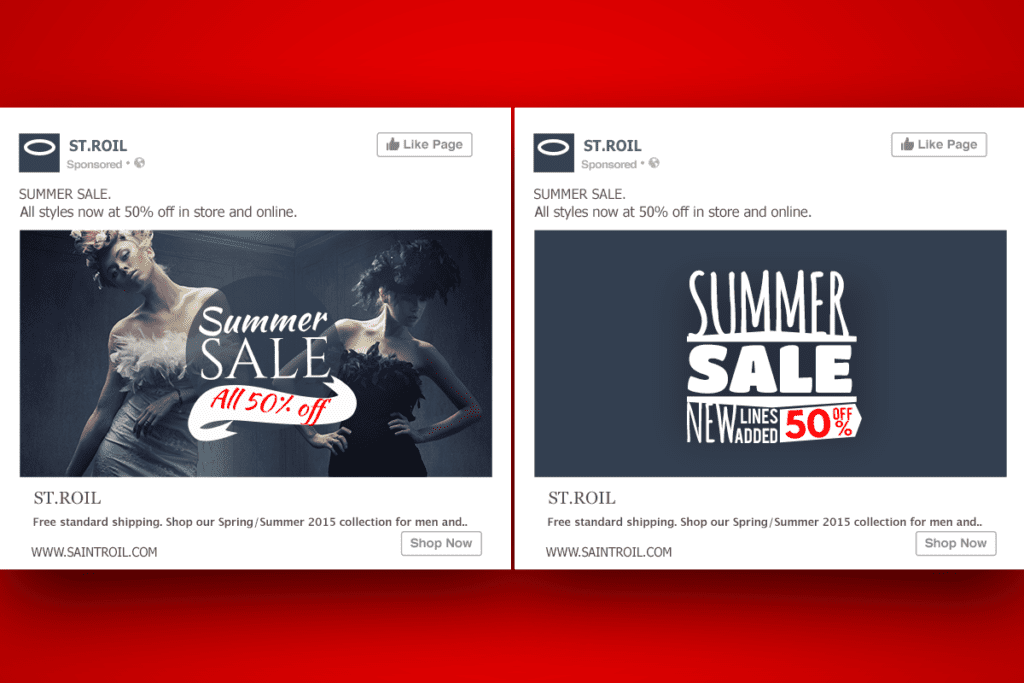
In the end, they were able to make an informed decision based on performances from these ad copies.
Try showing two different ads — each with the same image but a separate copy. This would help you to determine which ad is best for your audience, which version is the most preferred, and which one will help you maximize your ROI.
The best Facebook ads ultimately increase sales.
As an advertiser and marketer, you must ensure that you incorporate persuasive elements into your Facebook ad copy. Persuasive copywriting is an essential part of winning Facebook advertising campaigns.
Since writing a winning Facebook ad copy is essential, you also need the right funnel to convert clicks into buyers. So shall we discuss it?
How to Create an Ad Funnel
You shouldn’t expect a lot of conversions to happen right off the bat. When you run Facebook ads, you need to think long-term and make your decisions based on the data you’re collecting about the audience.
People may see your ad and even click on it but do nothing. That’s why you need to expose your ads to many clients on more than one occasion.
Most people need to see your ad several times before they convert. That’s why setting up an ad funnel is essential.
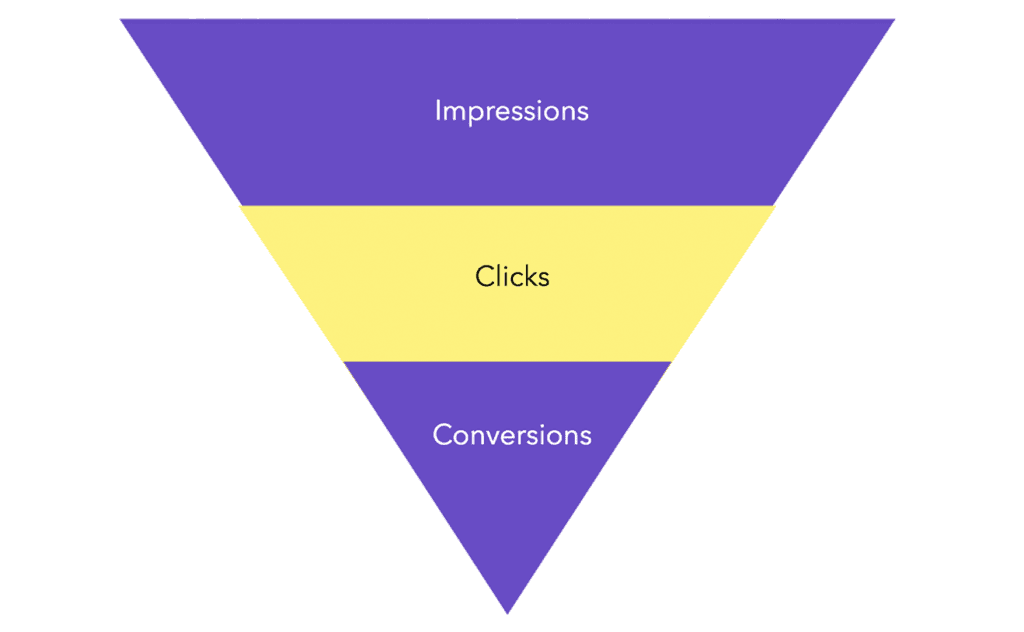
Ad funnels are important because they guide users each step of the way. The different stages of the buying process can be complex, so a funnel makes it easy to follow.
This funnel makes your offer appealing to users based on how much interaction and actions they’ve with your business.
Here’s a Facebook ad example from Almond Cow:
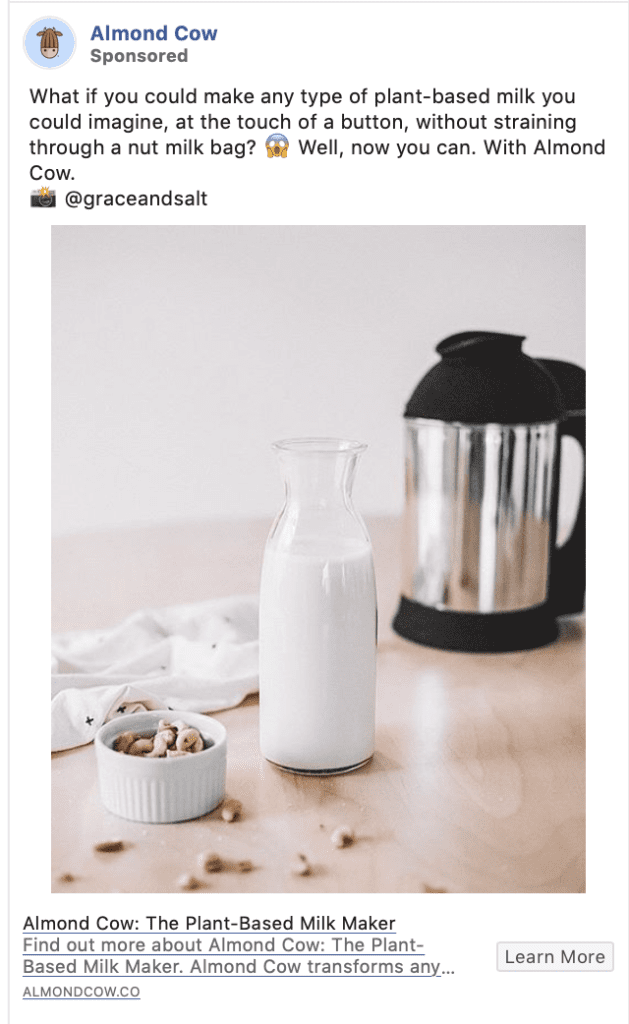
As you can see, it’s targeted at cold Facebook users, telling them exactly what the product can do for them.
Here’s another Facebook ad from the same brand:
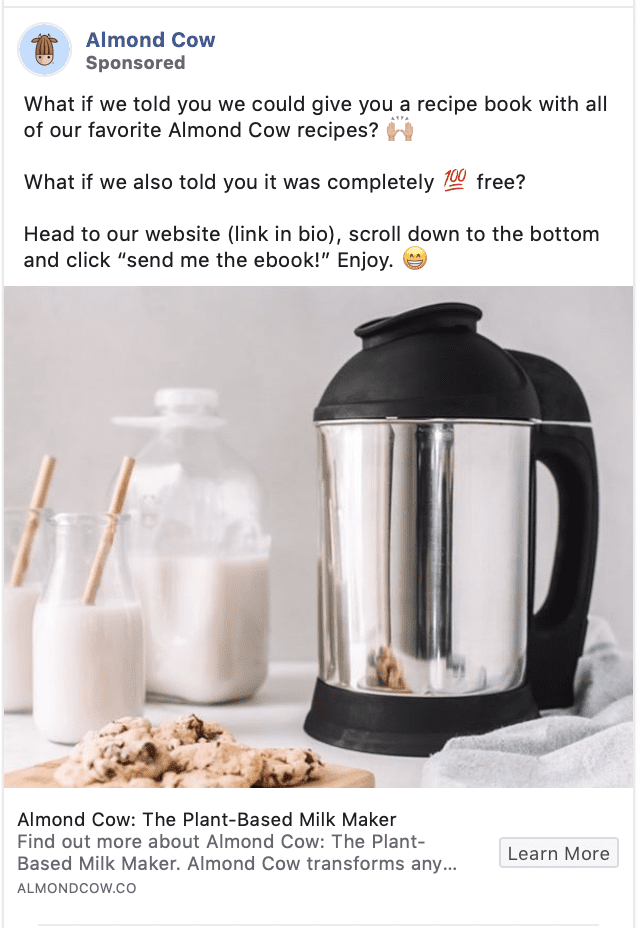
The second ad, as you can see, showcases all the favorite Almond Cow recipes and walks the user through the process of getting an eBook. So the brand uses a lead magnet to capture the user’s interest and send them into the funnel.
The second ad doesn’t show anything about the product or how it works, that’s why the brand is utilizing retargeting to reach a warmer audience on Facebook.
Ad funnels can come in different forms, but we’ll stick to the simple form. In the end, it all boils down to navigating the users through the different phases of the sales process — using relevant messaging and retargeting.
The major stages in the customer journey include:
- Awareness stage
- Research stage
- Consideration stage
- Purchasing stage
- Loyalty stage
Or it can be as simple as:
- Awareness
- Consideration
- Conversion
When a user sees your ad and clicks it, they’ll be redirected to a landing page where they can sign-up to your email list to download a white paper, an eBook, a video course, software, etc.
Once they’ve signed up, they’re instantly added to your funnel. This funnel system is being managed by an email autoresponder service, such as ConvertKit or MailChimp.
The user (who’s now a lead) will start getting follow-up emails from your business. As you begin to build relationships and re-engage with them, they’ll get to trust your brand more and will be more willing to buy from you.
If your offer is subscription-based, you might want to use free trials to engage with users in the funnel. You then start to educate them on the need to continue using your software long after the trial period.
A simple funnel may look similar to this one from NGOA Buyers Club:
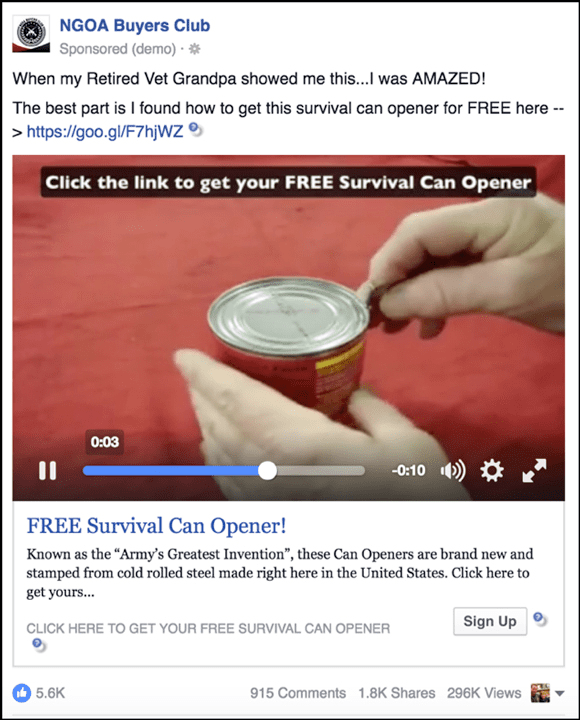
The company is giving away a free survival can opener to Facebook users. Those who click on the ad to claim the item are added into a funnel. The video shows how to use the can opener, and why it’s required for camping or survival quests.
Here’s another Facebook video ad that offers 50% off everything you purchase from Threadless.
The ad showcases $12 tees and also offers huge discounts to encourage the brand’s primary audience to take action. New users can also take advantage of it.
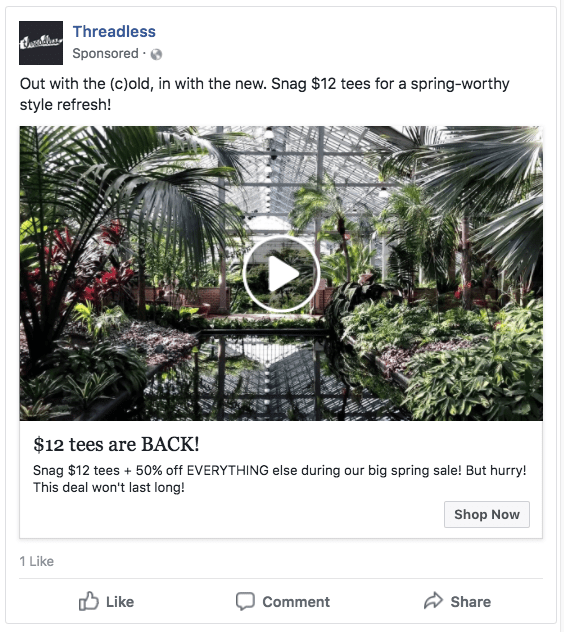
This is also a dynamic ad that shows a different ad in the newsfeed based on user interaction on the website.
Offering discounts right on the Facebook ad copy is a great way to get more interested buyers. If these people are already on your funnel, then you can follow up multiple times to re-engage with and convert them into buyers.
Your funnel is everything. If you’re not intentional about it, you’ll likely waste your Facebook ad spend instead of maximizing ROI.
More so, you need multiple ads running at the same time. There’s no way a single ad can drive significant conversions, even if it’s the best out there.
You should master the art of retargeting — because it’ll help you bring users back to your website through retargeted ads.
There’s no denying the fact that retargeting is one of the best strategies for getting results with your Facebook ad campaigns.
Measuring Facebook Data (Maximizing Results)
Once your Facebook ad campaigns are running, what’s next?
There are no assumptions in online advertising. So you need to get to work on figuring out how your Facebook ads are performing. Rather than guessing or predicting results, it’s time to start measuring your Facebook ads data.

To get more accurate results, your ads must have been active for at least 3 weeks. Savvy Facebook advertisers will take the time to understand what’s been happening and what’s not working as they had expected.
So start with Facebook itself. You don’t have to rely on tiny data you get at an early stage of your ad, but don’t underestimate them.
At this point, you may want to dig into your Google Analytics to keep track of the user’s journey in the funnel.
Data Studio and some other third-party tools can help you visualize the user data. You need all of the information you can get to make decisions.
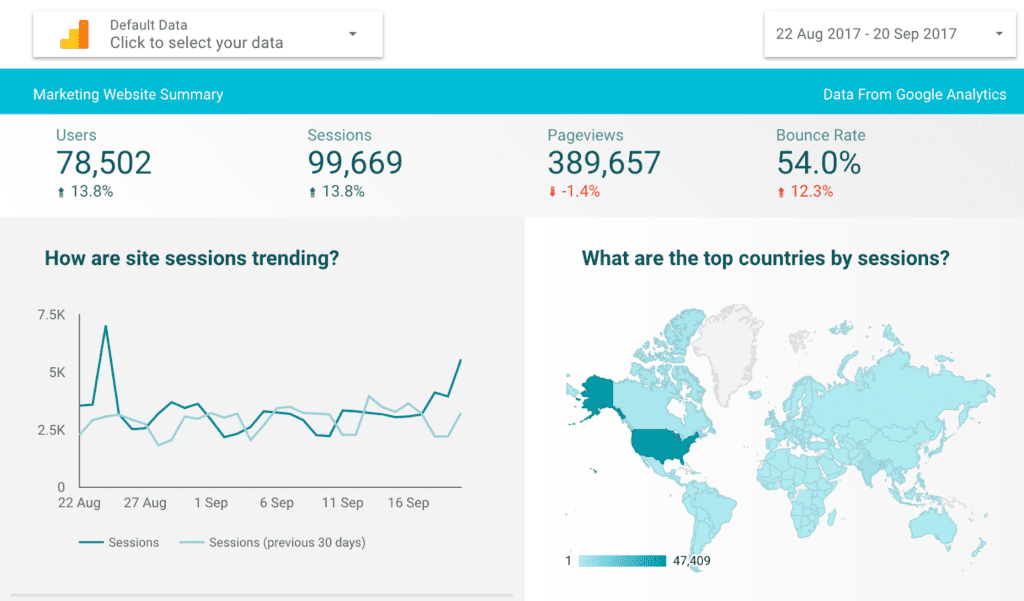
That said, keep these tips in mind when measuring Facebook advertising data:
i). Measure actionable metrics: Focus on the right metrics and measure your performance across the board. You may not need the big data at the early stages. You’ll eventually, just focus on the basic data that you already have about the user.
ii). Accept what’s possible: Some things are no longer possible on the Facebook advertising platform, for example, hyper-precise targeting is a thing of the past — since Facebook got rid of over 5,000 targeting options.
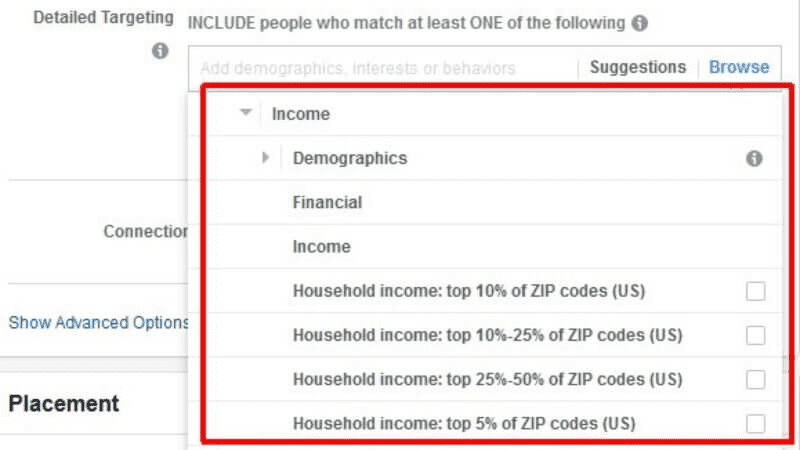
That’s why some marketers are concerned as they’re seeing clicks from little or no qualified users. Just accept the targeting options that are available to you and move on.
iii). Measure soft metrics: You should consider measuring soft metrics especially if it’ll drive hard conversions in the future. I’m not saying you should place your bet on reach, likes, clicks, or impressions.
If you’re in the B2B space, no CEO or top-level manager wants to see those. What they may be interested in are the new metrics: quality ranking, engagement rate ranking, and conversion rate ranking.
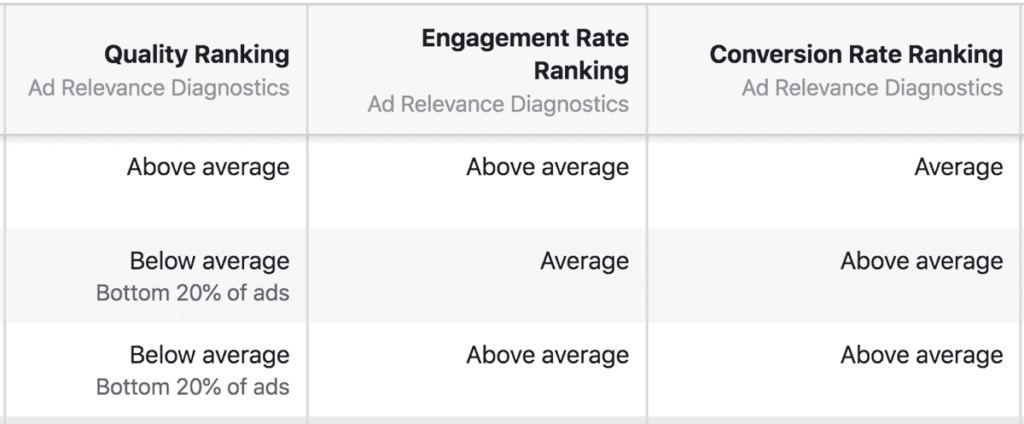
Conclusion
Some businesses are still stuck in media buying. I once met a founder who bought ads on Page 83 of Vogue Magazine. This guy still has a budget set aside for billboard advertising and outdoor media.
There’s nothing wrong with these if you have money to throw down the drain. Because traditional advertising is massively overpriced. Worse, no one cares about TV commercials or billboards.
I can’t even recall the last time I read a magazine. Maybe I did, but it was just for fun, not to look for or pay attention to advertising.
That’s why social media advertising is important. Facebook, Instagram, and Pinterest are three social media giants that are priced reasonably. The good thing is that they drive positive ROI.
And you can start your first Facebook ads with as little as $10. Of course, that may not get you anywhere but it’s a good place to start. Once you start hitting momentum, you can scale from there.
Your Facebook ad copy is everything. Follow the tips and strategies in this insider’s guide to writing winning ads that will generate clicks, drive traffic to your website, and grow your revenue.

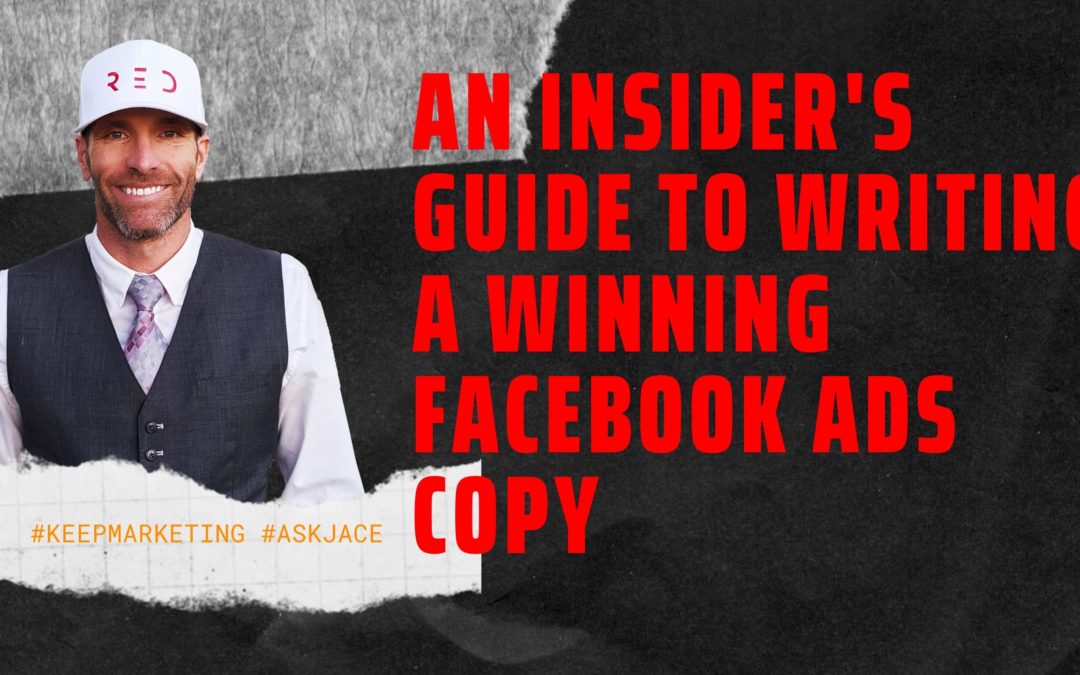
Interesting. This looks super cool. I’ll be back to read more!